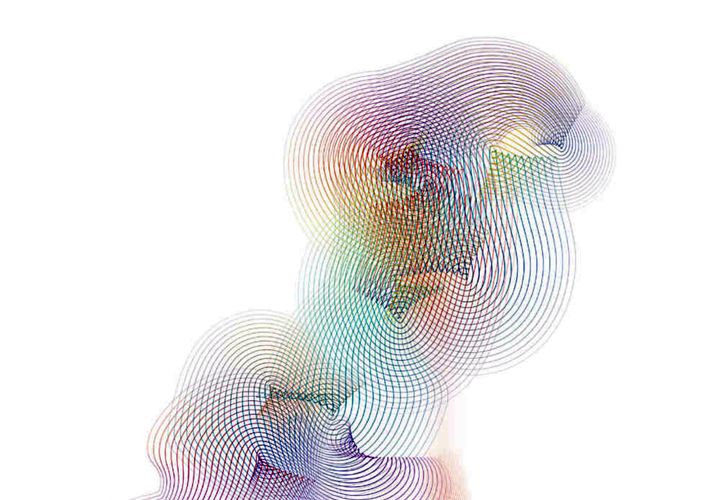
This week’s selection is “Generative Design” by Benedikt Groß, Hartmut Bohnacker, Julia Laub, and Claudius Lazzeroni.
Generative design is a hot topic in 3D printing today, and for good reason: today’s 3D printers are usually capable of — and are indeed perhaps the only making technology capable of — producing the complex models created using generative design.
Generative design is a bit different from typical design. Instead of literally building a 3D model “brick by brick”, the designer becomes more of a coordinator that sets higher-level goals. The “brickwork” is instead done by automated tools.
Thus generative design requires some different skills because the tools used are often different, although the result may be familiar: a complex design produced in a common format.
Generative design can be used in a variety of disciplines beyond 3D printing and modeling. In fact it is commonly used by visual designers, architects and others to create incredibly complex designs that are more frequently seen these days.
This book covers the basic concepts of how generative processing can be done using javascript programming, and specifically the p5.js library. P5 is an open source tool that includes a full set of drawing tools with a wide variety of input formats.
Basically you enter javascript code into a window and as it executes, the corresponding generated drawing appears. The magic is that because the code is javascript, it can be programmed to do many different things beyond simple drawing, including highly complex scenes.
This book explores this space, a “generative playground”, so to speak.
The book begins with an overview of javascript and p5 in particular, including how to “program beautifully” (a way to lay out code so it is understandable). There’s also a section on color palettes, which will be extensively used in subsequent projects in the book.
The main portion of the book concerns drawing shapes. Various strategies are explored, including aligning to a grid, moire patterns, using agents, density, pendulums, animations and much more. Later chapters explore the use of text and images within the drawings.
I know what you’re thinking at this point: “What do these drawings have to do with 3D printing?” There’s some truth there, as you can’t 3D print them, and they are 2D artifacts in any case.
The point of recommending this book is to allow you to gain an understanding of how generative algorithms can work and spur a deeper understanding of the generative process. This should assist future work in true, 3D generative tools where one is frequently facing mysterious control panels that control the generation process.
It’s not making 3D models, but this book will help you make them in the future.
Via Amazon
